Winches come in two varieties.
The most common type on sailboats is a proportional type. Whatever position the stick on the transmitter is in, or5 is set to, so the winch assumes that position. Sometimes eventually, sometimes very quickly. Depends on the particular type.
Non-proportional winches have a couple of sub-types. If everything is adjusted as it should be, "spring centre" should result in neutral.
Easiest to understand is the simple motor + gearbox worked by switches off a servo. Throw one way, it winds in, throw the other, it winds out, in both cases, flat out.
Easier to fit is effectively a continuous rotation servo which is really a motor and gearbox driven by its own self contained ESC. When at neutral, like any other servo, it sits still. When the stick is moved, it drives, one way or t'other. As its movement approaches that indicated by the stick, the motor slows. If it drives without the stick being moved, the system "thinks" that the stick is not at neutral.
A non-proportional setup is best with a centring stick – a ratchet stick is more suited to a proportional winch. Less stress keeping the left thumb steady. Getting the centre offered by the stick to match that required by the winch is the trick. If there is no adjustment option on the winch, what is left is the transmitter trim slider.
It doesn't matter what it was set up for, in radio control, what matters is the pulse length that comes out of the receiver. As a sort of standard, a bit longer than 1.25mS corresponds to a servo plugged into that channel being full left. 1.5mS puts the servo centre. 1.75mS puts it full right. On a normal boat ESC, this corresponds to full reverse, neutral, full forward. Or if a winch, drive out, stop, drive in. On a "forward only" ESC, 1.25mS is stop or maybe idle, 1.5mS is half speed, 1.75mS is full forward. This is true whether the transmitter is sprung or ratcheted.
If it drives to one end and stops there and won't be controlled back, its broken. Or the winches centre is so far out that stick movement doesn't go far enough. The servo tester will show this fairly instantly.


 especially like the overlay strips on the hull it brings her to life !!
especially like the overlay strips on the hull it brings her to life !!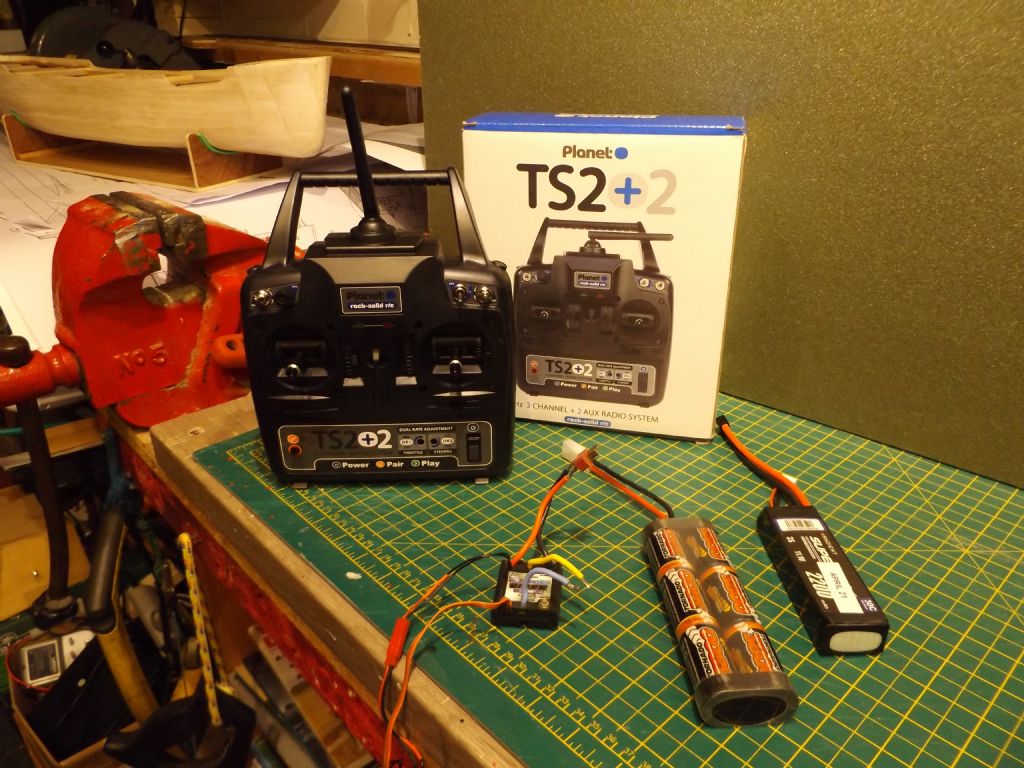
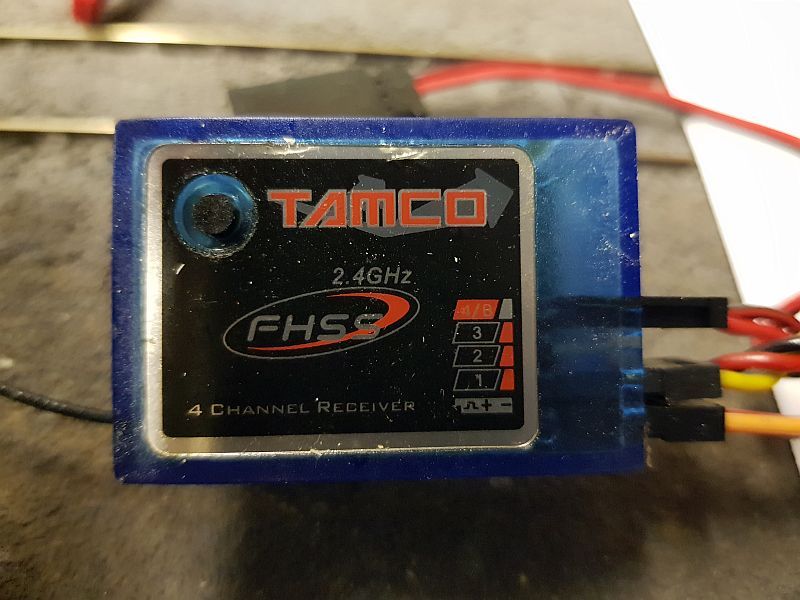
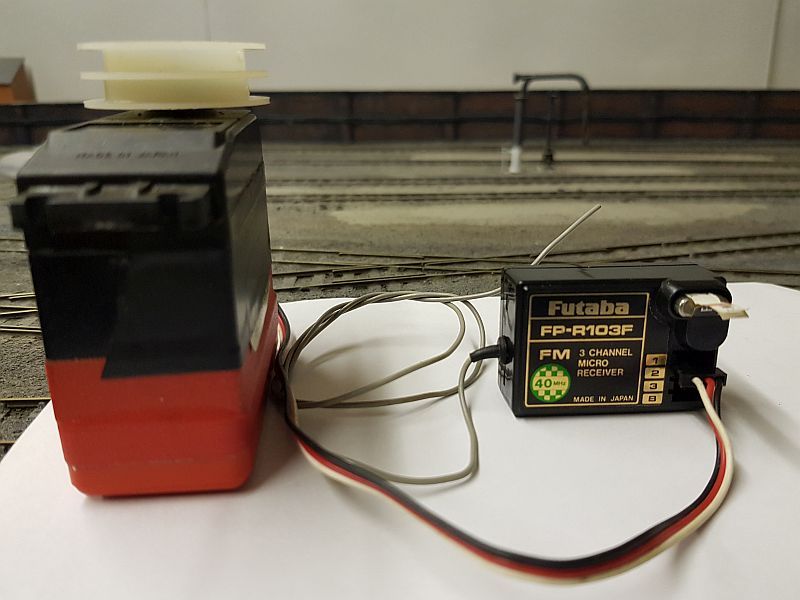
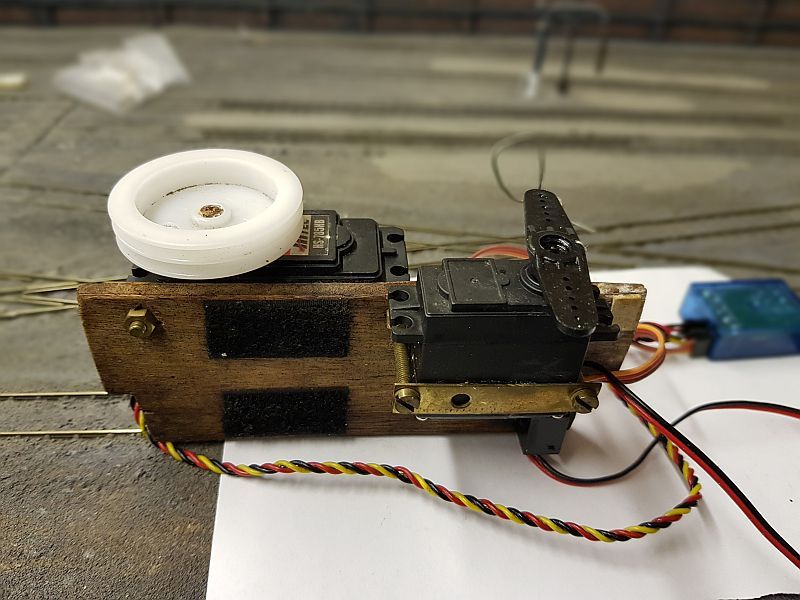
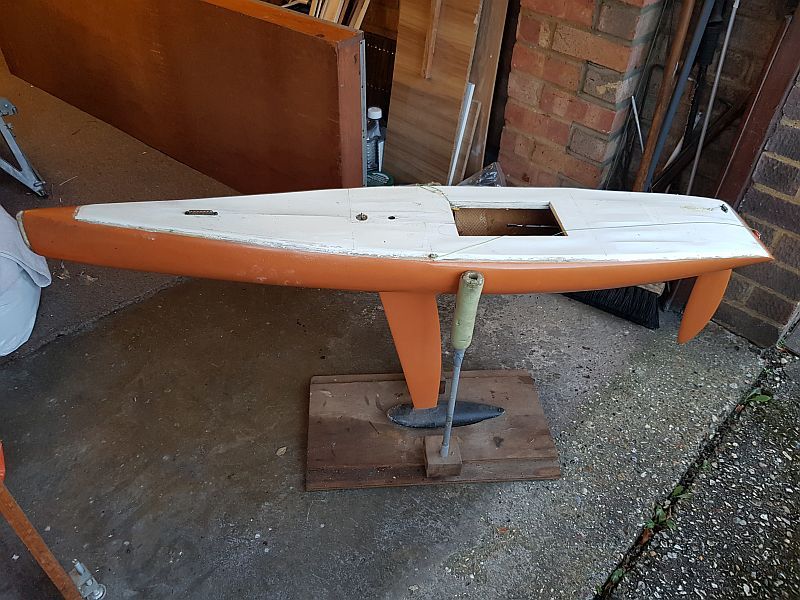
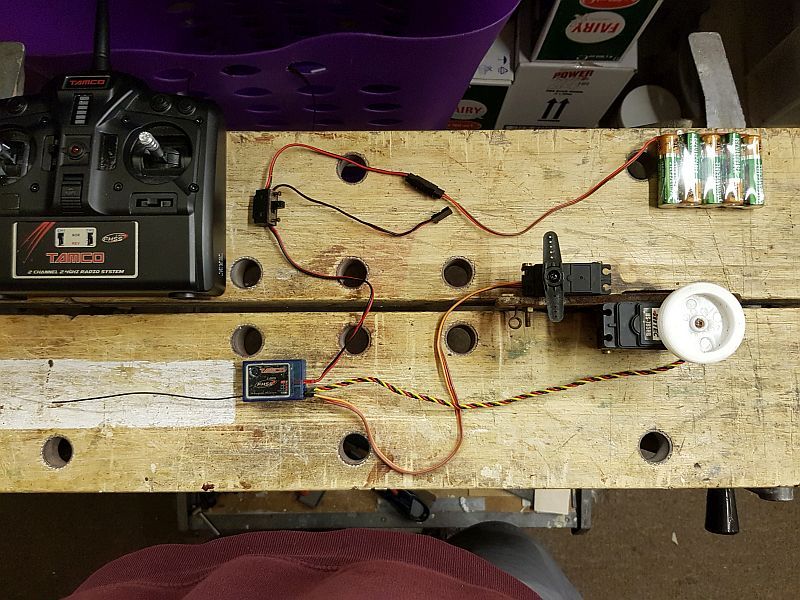
 stick with a ratchet. So, fully back on the stick will be close-hauled (beating to windward), and fully forward will be sails right out (running before the wind). Centre, or thereabouts, will be for reaching. Later on, I'll probably go for individual sail control but that's getting more advanced ! This is just a personal preference of course…
stick with a ratchet. So, fully back on the stick will be close-hauled (beating to windward), and fully forward will be sails right out (running before the wind). Centre, or thereabouts, will be for reaching. Later on, I'll probably go for individual sail control but that's getting more advanced ! This is just a personal preference of course…

